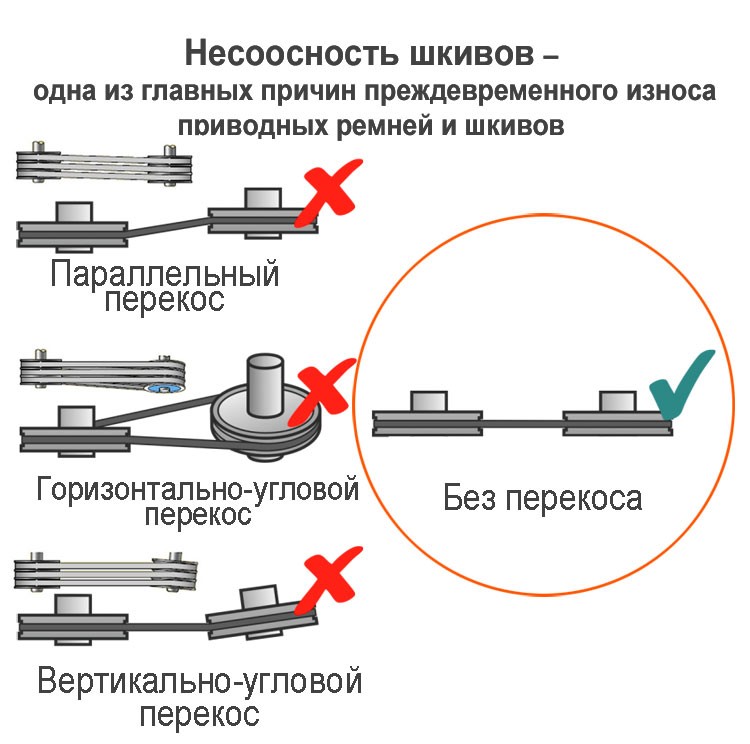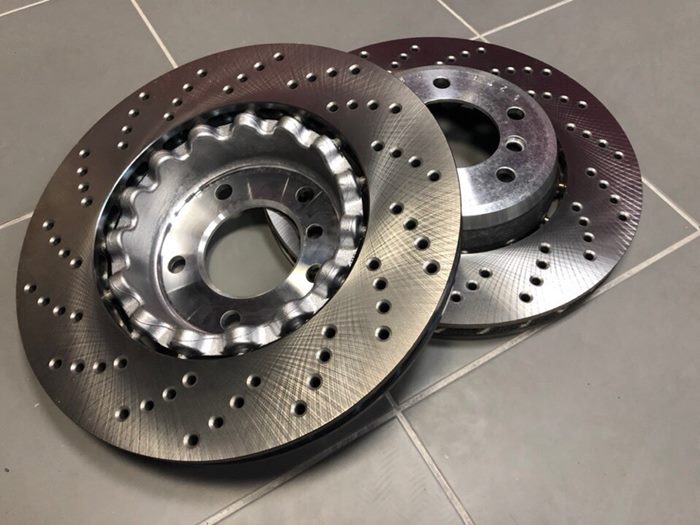
V-belt - design, operation, failures, operation
Content
A V-belt is often used to drive engine accessories. Although it is now being phased out in favor of a multi-groove model, it has clearly marked its place in the automotive industry. Can you imagine driving a car without power steering? At present, probably, no one would like to operate such a vehicle, especially in urban areas. The same applies to the brake booster, which can suddenly lose its power after a failure. The V-belt and V-ribbed belt are key elements of the drive train, so they must be reliable and installed in accordance with the manufacturer's instructions. However, like consumables, they can be damaged. So how do you take care of them? How to tighten the V-belt when replacing? Check out the article!
V-ribbed and V-belts - what do they look like and what are they made of?
Old types of belts, i.e. grooved, have a trapezoidal cross section. They are a wider base pointing up. The narrower part and the side parts are in contact with a pulley, for example, a power steering pump. Poly V-belt is made of steel or polyamide elements, rubber, rubber compound and cord fabric as the outer element. Thanks to this design, the drive realized with its help is strong and inextensible. However, limited torque and small pulley contact area generally limits its use to a single component.
Therefore, over time, a V-ribbed belt joined the set of drive belts. Its design is based on a very similar principle. This is a variant of the V-belt, but much wider and flatter. In cross section, it looks like several small strips located side by side. The V-ribbed belt is usually made from polyester fiber and synthetic rubber. This results in a better fit to the pulleys, very good torque transfer capability and the simultaneous drive of many engine components.
How to put a V-belt on pulleys?
The alternator belt is not hard to find. In transverse engines, it is usually located on the left side of the engine compartment. In longitudinal units, it will be located in front of the bumper. In older models of cars, the V-belt was usually installed on the alternator and power steering pump. If abnormal wear is found, the alternator must be loosened to make room for belt removal and reinstallation.
How to tighten the V-belt?
Depending on the version of the car and the implementation of the belt tension, this process can be carried out in several ways. In vehicles that successfully use a V-belt, the tension is carried out by adjusting the position of the generator. Thanks to this, you do not need to use additional tensioners. The belt must be at the optimum tension, otherwise it will slip or damage the pulley. Over time, it can come off completely and cause a sudden loss of steering.
You already know how to put on a V-belt, but how about adjusting it? Remember that the optimal tension is 5-15 mm in the middle of the perimeter. Once in place, try tightening the strap by squeezing the bottom and top sections together and pulling them together. A deviation from the normal position in the above range indicates a good tension of the PC belt.
How to measure a V-belt in a car?
The operation is not particularly difficult, but remember that the result is indicative. In order for the replacement of the V-belt to be fruitful, it is necessary to purchase the appropriate element. Use a flexible material such as string to measure the length of the piece you need. Note that the pulley contact size will be smaller than the top belt size. The alternator belt is measured at a height of 4/5 of the wedge size. This is the so-called stride length.
The nomenclature also includes the internal length of the strip, which is slightly less than the pitch. The symbols "LD" and "LP" refer to pitch length, while "Li" refers to internal length.
V-belt replacement - service price
If you are interested in professional V-belt replacement, the price will pleasantly surprise you. In the simplest solutions, the cost of such an operation is several tens of zlotys per unit. However, the V-belt in the car can be located in different places, and the poly-V-belt supports several components at once. Sometimes this means dismantling more parts, which affects the final cost.
V-belt - how often to change?
Remember that the V-belt has a certain strength. This means that it simply wears out. How often should the V-belt be replaced? As a rule, an interval of 60-000 kilometers is optimal, although this should be compared with the recommendations of the belt manufacturer.
What to do if the belt creaks? Or maybe you want to know what to put on the V-belt so that it does not squeak? It is currently not recommended to lubricate the belts - if they creak, the element must be replaced. It's the best thing you can do for him.
V-belt without secrets
After reading the article, you already know what drives the V-belt and how this element works. Taking care of its proper condition is crucial to ensure safe and comfortable driving. Before replacing it yourself or in a workshop, check how to measure the V-belt. Sometimes it is more profitable to buy a new model yourself.
